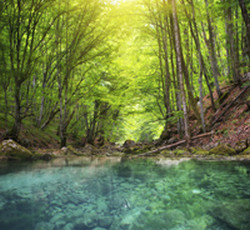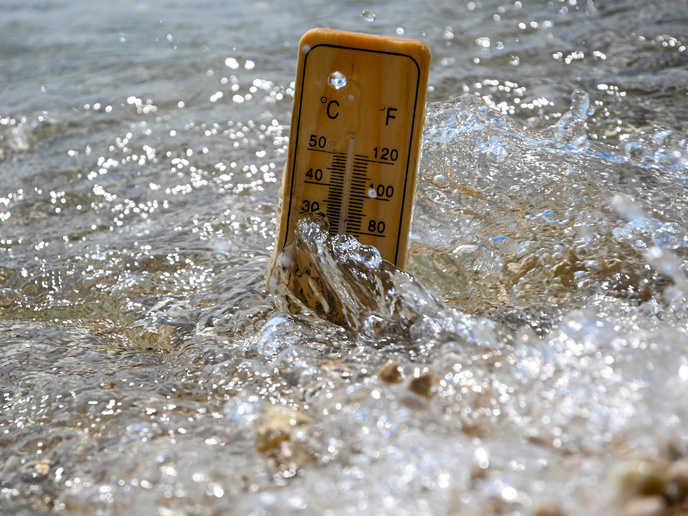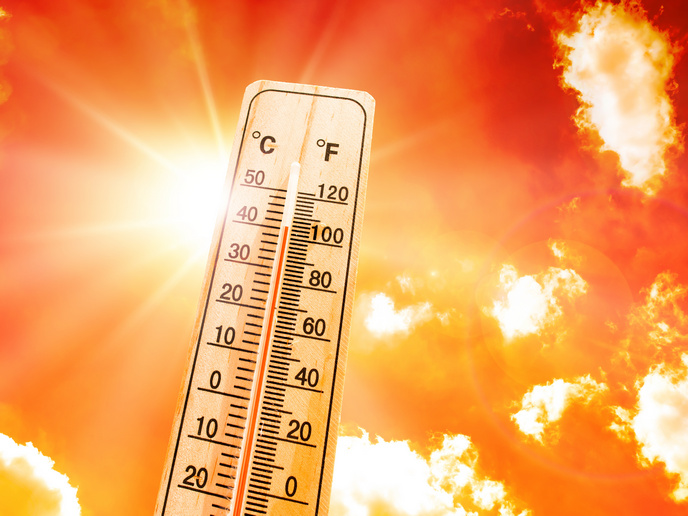Streams contribute to global carbon cycle
The project 'Priming in an aquatic ecosystem - Stream biofilms as hotspots for carbon cycling' (PRIMA) investigated the stream conditions that lead to microbial biofilms. Biofilms are created when microbial cells stick to one another on a surface, such as a stream bed. PRIMA hypothesised that terrestrial organic carbon is subject to priming in stream microbial biofilms, which play an important role in aquatic ecosystems. Priming occurs when the addition of carbon or nitrogen affects the rate of decomposition occurring in biofilms. Material labelled with the stable carbon isotope C13 was used to test for priming by tracking and quantifying carbon flux. Results indicated that priming did not appear to occur in the hyporheic zone of the stream, where shallow groundwater mixes with surface water. However, priming does occur in biofilms, which coexist in close proximity with algae on the bottom of the stream. Material exuded from the algae can undergo change and may serve as the primer. In addition, the biofilm metabolism and changes to dissolved organic carbon may contribute to the generation of 'recalcitrant' organic matter. Two major experiments were conducted under the auspices of PRIMA. The first mimicked hyporheic biofilms in 25 bioreactors that contained different potential primers, including exuded material from algae. The second experiment mimicked light-dependent bottom-dwelling biofilms grown under different light conditions. The aim was to provide different algae and, therefore, different potential primers. Both experiments used willow (Salix) grown in a carbon dioxide (CO2)-enriched atmosphere, where the gas was labelled with 13C. The result was fully labelled plant tissue that provided a complex mix of 13C-labelled organic matter, which was decomposed to remove most of the functional groups. The remaining material was described as recalcitrant and used in both experiments. This methodology enabled researchers to measure the fraction of respiratory CO2 from the degradation of recalcitrant dissolved organic matter. Work conducted by the PRIMA project provides further insights into the role of inland waters in global carbon cycling. The results confirm their importance as major sites of carbon cycling, which must be taken into consideration when investigating the mechanisms behind climate change.
Keywords
Streams, carbon cycle, organic carbon, soil, priming, aquatic ecosystem, microbial biofilm, rate of decomposition, C13, carbon flux, hyporheic zone, algae, organic matter, bioreactor, Salix, plant tissue, inland water, climate change







